Opal
Opal is a hydrated amorphous form of silica. Its water content may range from 3 to 21% by weight, but is usually between 6 and 10%. Because of its amorphous character, it classed as a mineraloid, unlike crystalline forms of silica, which classed as minerals. It deposited at a relatively low temperature and may occur in the fissures of almost any kind of rock, most commonly found with limonite, sandstone, rhyolite, marl, and basalt.
The internal structure of precious opal makes it diffract light. Depending on the conditions in which it formed, it can take on many colors. Precious opal ranges from clear through white, gray, red, orange, yellow, green, blue, magenta, rose, pink, slate, olive, brown, and black. Of these hues, the black opals are the rarest, whereas white and greens are the most common.
The name opal believed to derived from the Sanskrit word upala, which means ‘jewel’, and later the Greek derivative opállios.
Showing all 10 results
-
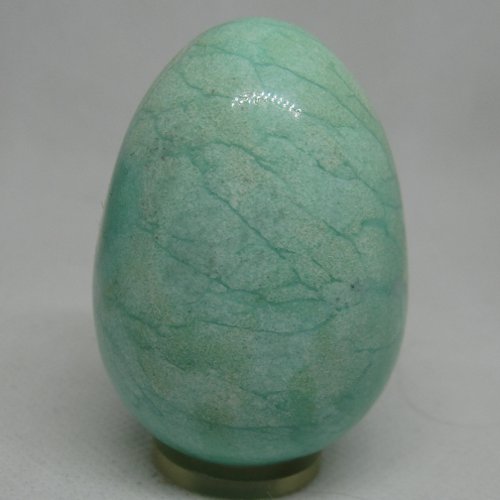
Chrysopal Egg Kazakh Stone Gemstone Mineral
$286.00 Add to cart -
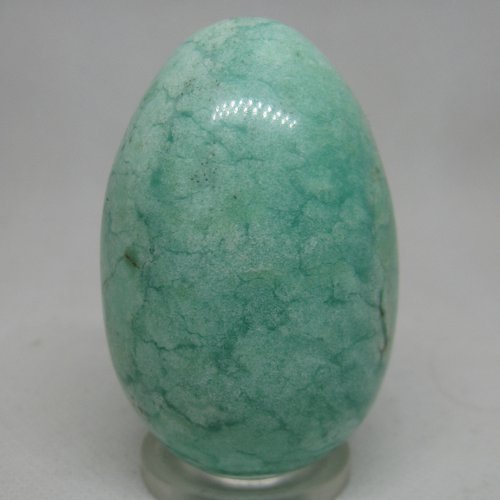
Chrysopal Egg Kazakh Stone Gemstone Mineral
$286.00 Add to cart -
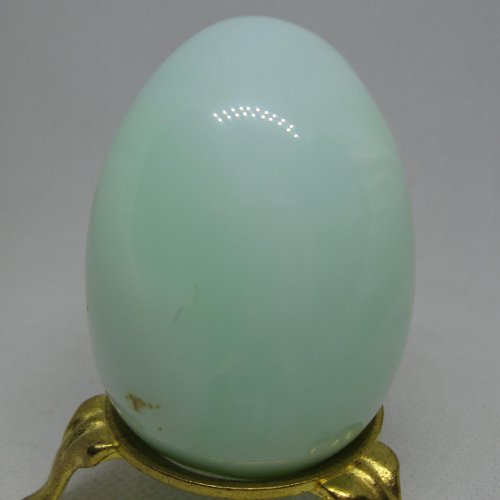
Chrysopal Green Opal Egg Kazakh Stone Gemstone Mineral
$286.00 Add to cart -
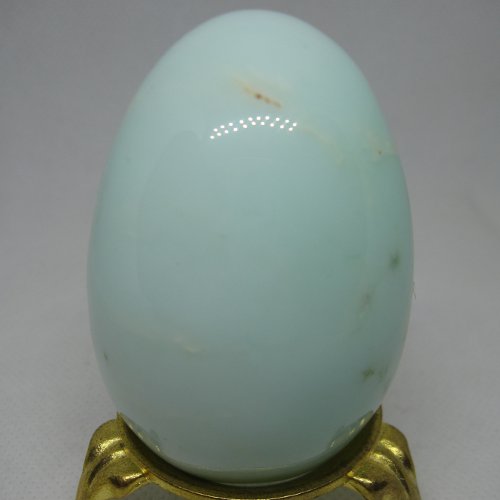
Chrysopal Green Opal Egg Kazakh Stone Gemstone Mineral
$286.00 Add to cart -
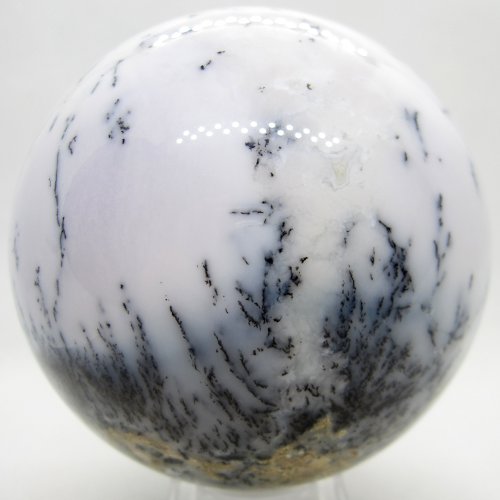
Dendritic Opal Sphere Ball Kazakh Stone Gemstone Mineral
$715.00 Add to cart -
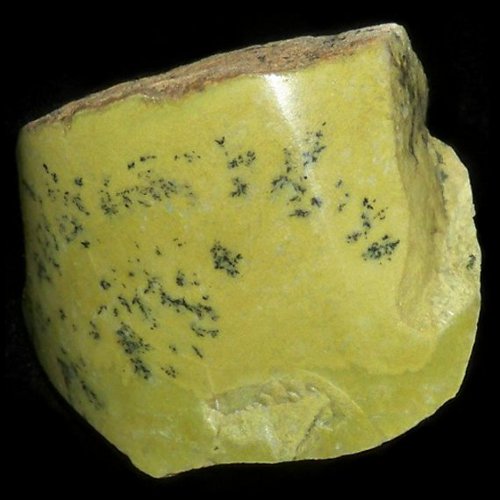
Opal Specimen Russia Siberia
$15.00 Add to cart -
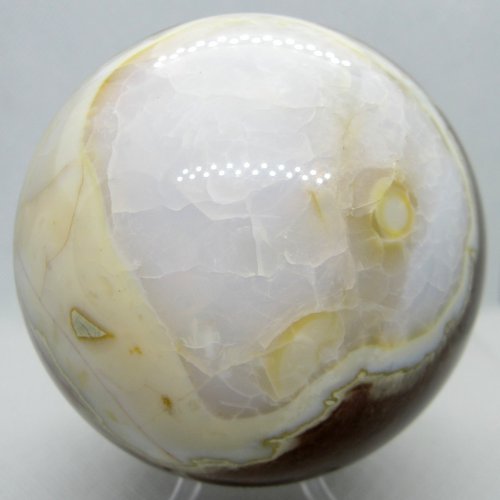
Opal Sphere Ball African Stone Gemstone Mineral
$429.00 Add to cart -
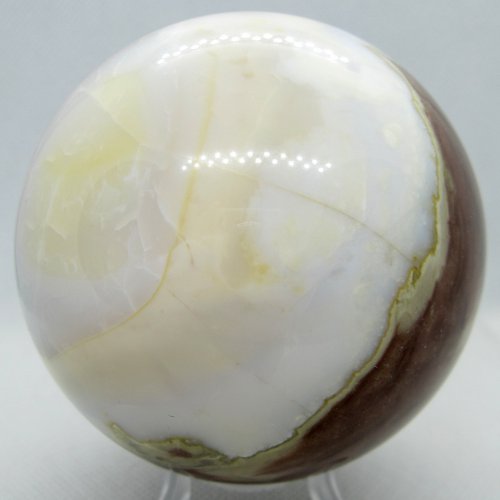
Opal Sphere Ball African Stone Gemstone Mineral
$286.00 Add to cart -
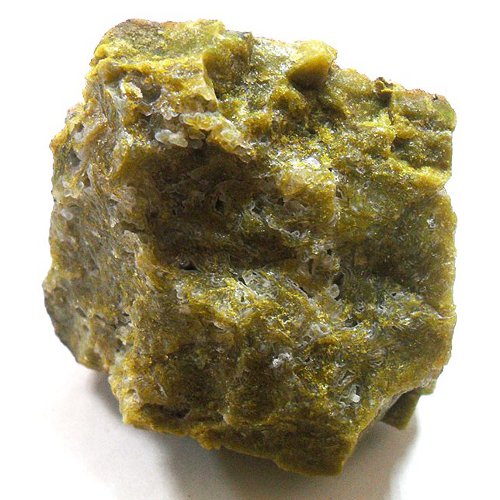
Yellow Opal Specimen Russia Siberia
$12.00 Add to cart -
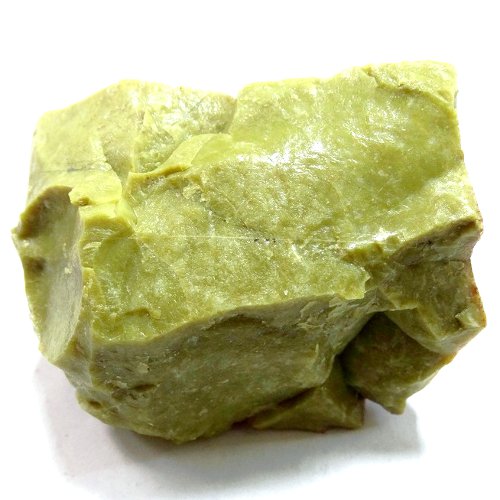
Yellow Opal Specimen Russian Stone Gemstone Mineral
$12.00 Add to cart
